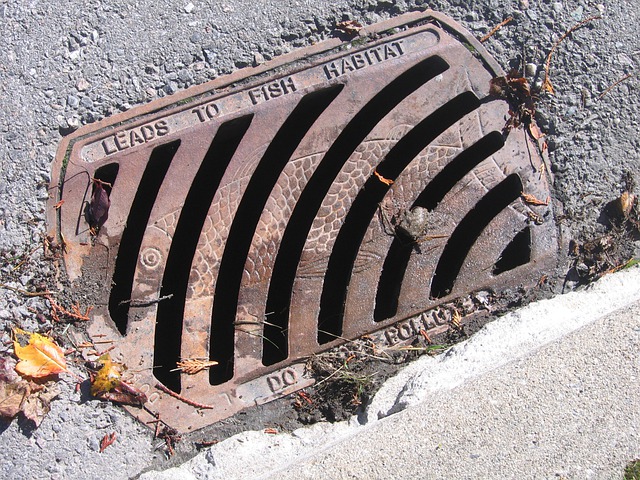Water backing up into your home can be a significant problem for homeowners and property developers. But what are the causes of domestic water backup problems? And how can these problems be resolved?
What are the most common causes of domestic water backup problems?
Domestic water backup problems can be caused by a range of factors. These include:
- Ageing infrastructure: Many residential areas in the UK are served by outdated water supply and drainage systems. Ageing pipes and infrastructure can become vulnerable to leaks, blockages, and collapses, leading to water backups.
- Heavy rainfall: The UK experiences frequent heavy rainfall, particularly during winter months. Excessive rainfall can overwhelm drainage systems, causing them to back up and flood properties.
- Sewer system overload: In some areas, the combined sewer systems carry both rain water and wastewater. During periods of heavy rain, the capacity of these systems can be exceeded, resulting in water backups into homes.
- Blockages: Blockages in drains and pipes are common causes of water backups. These blockages can occur due to a buildup of debris, grease, tree roots, or inappropriate disposal of materials such as sanitary products or wipes.
- Insufficient drainage planning: In certain urban areas, inadequate planning and design of drainage systems can lead to water backups. Lack of proper drainage infrastructure to handle increased urbanisation and development can exacerbate the problem.
What are the problems associated with domestic water backups?
There are a number of different problems and issues associated with domestic water backups. These include:
- Property damage: Water backups can cause extensive damage to homes, including flooding basements, damaging walls, floors, and furniture. This damage can be costly to repair and may result in long-term structural issues.
- Health risks: Stagnant water from backups can become a breeding ground for bacteria, mould, and other harmful microorganisms. This can pose health risks to residents, including respiratory problems and infections.
- Disruption of daily life: Water backups often render bathrooms, kitchens, and laundry facilities unusable. The lack of access to clean water and functioning utilities can disrupt daily routines and inconvenience homeowners.
- Financial burden: Dealing with the aftermath of water backups can be financially burdensome. Homeowners may need to bear the costs of repairs, replacement of damaged belongings, and even alternative accommodation during the restoration process.
What are the effective solutions to domestic water backup problems:
Resolving domestic water backup problems can involve a range of different approaches. These include:
- Infrastructure upgrades: Investing in the modernisation and maintenance of water supply and drainage systems is essential to reduce the occurrence of water backups. This includes replacing ageing pipes, improving capacity, and enhancing the overall resilience of the infrastructure. If you have an older Victorian home, this is something you may need to consider.
- Rain water management: Implementing effective rain water management strategies, such as the use of permeable surfaces, rain gardens, and green roofs, can help alleviate the strain on your drainage systems and reduce the risk of backups.
To resolve your drainage problems, you will need to hire a professional team, like us here at KAM Ltd. Why not get in touch today to find out more?
